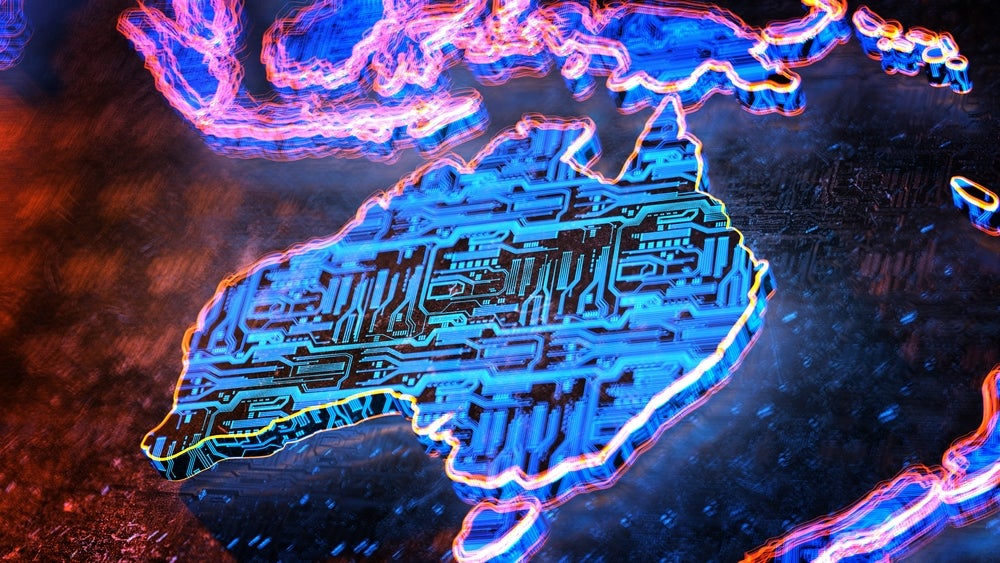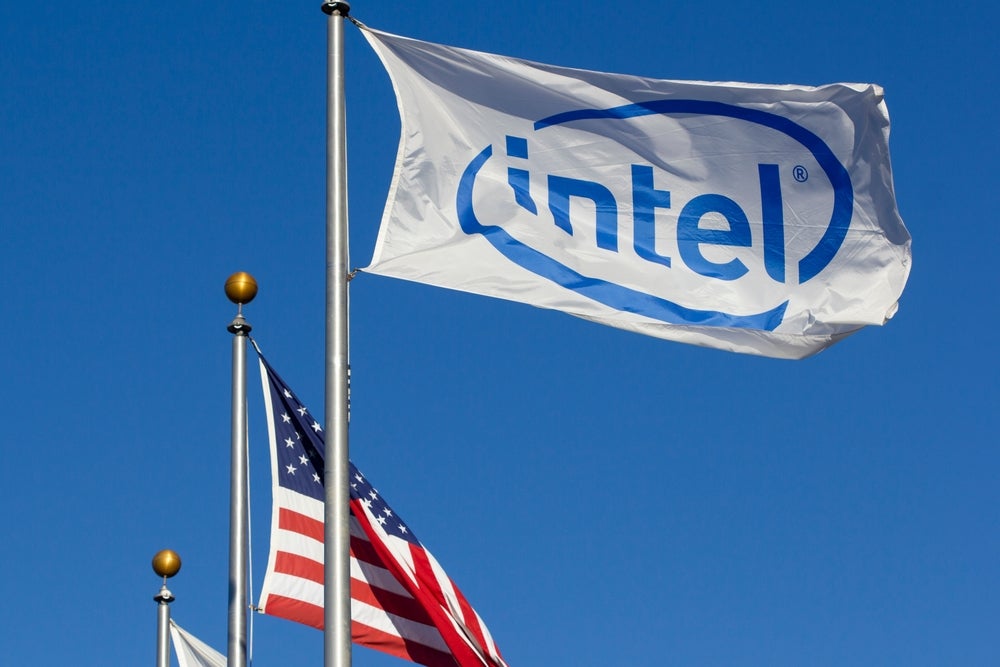Inventec has filed a patent for a near-field sensing information transmission and pairing system for air-land unmanned vehicles. The system allows an unmanned aviation vehicle to detect obstacles or traffic controls on the ground and transmit a re-routing signal to an unmanned ground vehicle, enabling it to avoid roadblocks and improve reaction time. The system utilizes sensors, image recognition, wireless communication, and map information to calculate alternative routes. GlobalData’s report on Inventec gives a 360-degree view of the company including its patenting strategy. Buy the report here.
According to GlobalData’s company profile on Inventec, Data center cooling systems was a key innovation area identified from patents. Inventec's grant share as of September 2023 was 54%. Grant share is based on the ratio of number of grants to total number of patents.
Near-field sensing system for air-land unmanned vehicle pairing
A recently filed patent (Publication Number: US20230306845A1) describes a near-field sensing information transmission and pairing system for air-land unmanned vehicles. The system includes an unmanned aviation vehicle and an unmanned ground vehicle that communicate wirelessly to exchange information and coordinate their movements.
The unmanned aviation vehicle is equipped with a detection module that enables sensors and an image recognition unit to continuously sense obstacles or traffic control features on the ground along its forward route. When an obstacle or traffic control feature is detected, a re-routing signal is generated and transmitted by a transceiver module. This signal includes the coordinates of the obstacle or feature, and the unmanned aviation vehicle receives an alternative route in response. A flight module controls the unmanned aviation vehicle to fly along the alternative route instead of the original forward route.
The unmanned ground vehicle, on the other hand, continuously obtains its current coordinates from a positioning system while moving along the forward route. It also stores map information, including geographic information and the forward route. The unmanned ground vehicle transmits the forward route to the unmanned aviation vehicle initially, allowing it to move along the route. When the plane distance between the two vehicles satisfies a specified interval distance, the unmanned ground vehicle continues moving along the forward route. If the distance falls below the interval distance, the unmanned ground vehicle stops moving.
Additionally, the unmanned ground vehicle continuously transmits its current coordinates to the unmanned aviation vehicle. If the aviation vehicle detects that its battery power is lower than a threshold, it is driven to move towards the unmanned ground vehicle based on the current coordinates. The threshold is dynamically adjustable based on the current interval distance, ensuring that it positively correlates with the distance.
In summary, this patent describes a system and method for near-field sensing information transmission and pairing between air and land unmanned vehicles. The system allows for obstacle detection, re-routing, and coordination of movements between the vehicles. The method involves continuous information transmission, obstacle sensing, re-routing signal generation, and alternative route calculation. The system and method aim to enhance the safety and efficiency of unmanned vehicle operations in collaborative environments.
To know more about GlobalData’s detailed insights on Inventec, buy the report here.
Data Insights
From

The gold standard of business intelligence.
Blending expert knowledge with cutting-edge technology, GlobalData’s unrivalled proprietary data will enable you to decode what’s happening in your market. You can make better informed decisions and gain a future-proof advantage over your competitors.







